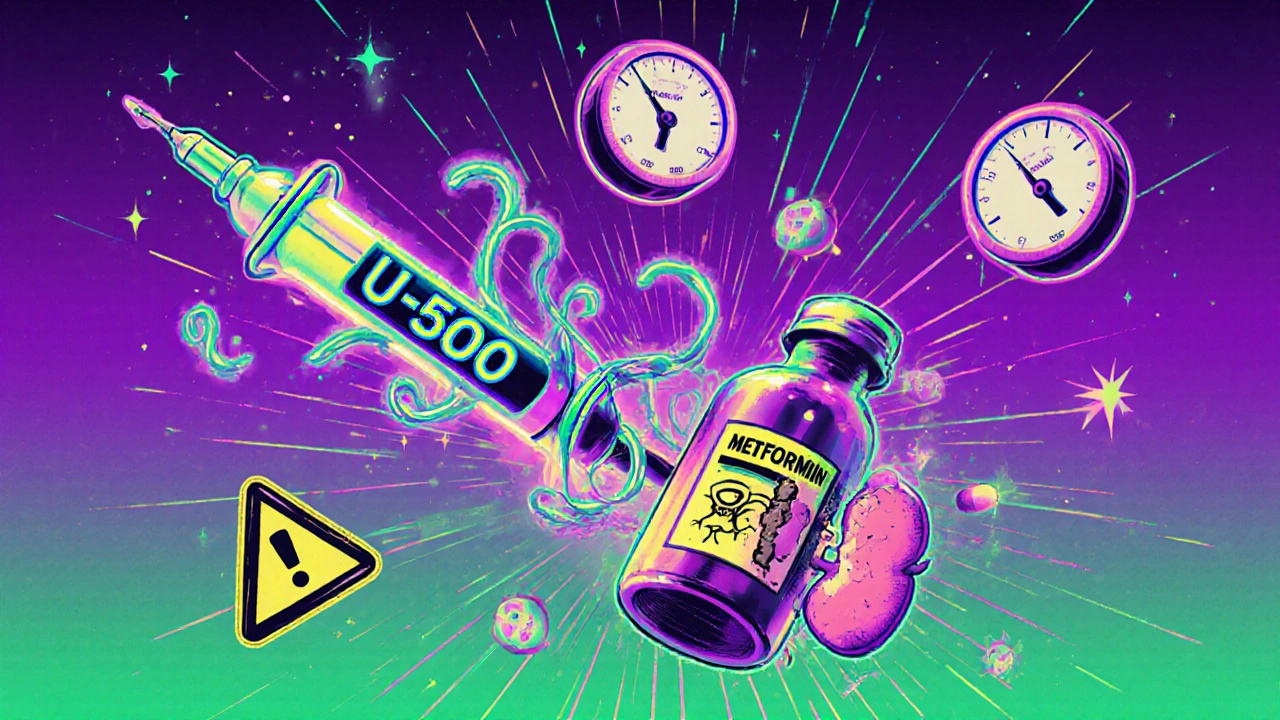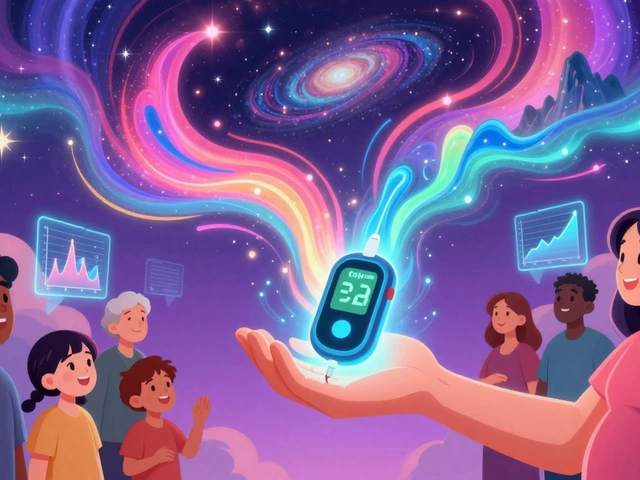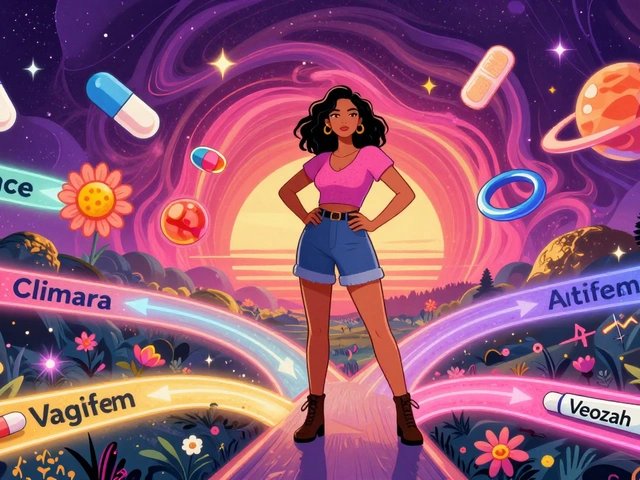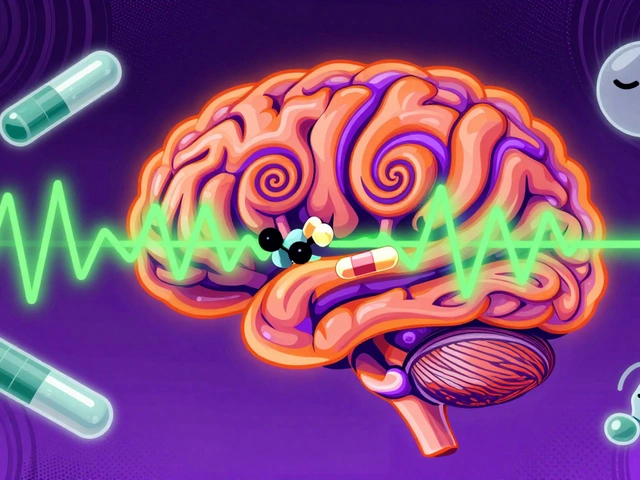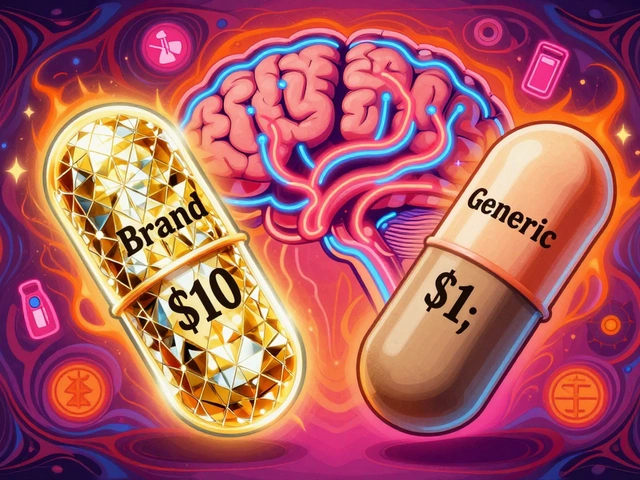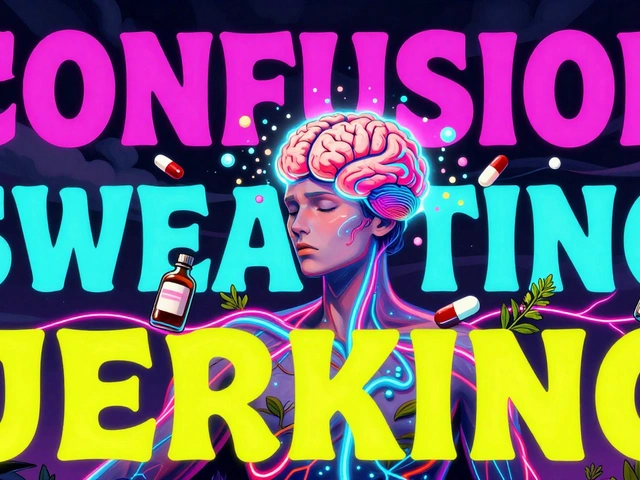Diabetes Medications: What Works, What to Watch For, and How They Protect Your Heart and Kidneys
When you have type 2 diabetes, a condition where the body doesn’t use insulin properly, leading to high blood sugar. Also known as non-insulin-dependent diabetes, it’s not just about counting carbs—it’s about choosing the right diabetes medications, drugs designed to lower blood sugar and reduce long-term complications. These aren’t one-size-fits-all. Some push sugar out through urine, others help your body use insulin better, and some even protect your heart and kidneys.
Not all diabetes medications, drugs designed to lower blood sugar and reduce long-term complications work the same way. SGLT2 inhibitors, a class of drugs that make your kidneys flush out extra sugar through urine like Jardiance and Farxiga do more than just lower glucose—they cut your risk of heart failure and slow kidney damage. That’s why doctors now recommend them early, even if your blood sugar isn’t super high. On the other hand, insulin, a hormone your body naturally makes to move sugar into cells is often needed when other pills stop working. But injecting insulin isn’t just about dosage—it’s about where you inject, how often you rotate sites, and watching for lumps under the skin called lipodystrophy. Miss that, and your blood sugar swings wildly.
What’s missing from most conversations? The side effects you don’t hear about until they happen. Some diabetes drugs cause swelling, others make you pee more than usual, and a few can lower your blood sugar too far. You need to know what’s normal and what’s a red flag. That’s why the posts below cover real issues: how SGLT2 inhibitors protect your organs, how to avoid injection site damage, and why talking to your pharmacist about food and supplement interactions matters more than you think. These aren’t theoretical guides—they’re practical checklists for people living with diabetes every day. Whether you’re new to meds or switching treatments, what you’ll find here is what actually helps you stay healthy, not just manage numbers.
Diabetes Medications Safety Guide: Insulin and Oral Agents Explained
Learn the real risks of insulin and oral diabetes medications-from dangerous low blood sugar to hidden drug interactions. A practical safety guide for patients and caregivers.
